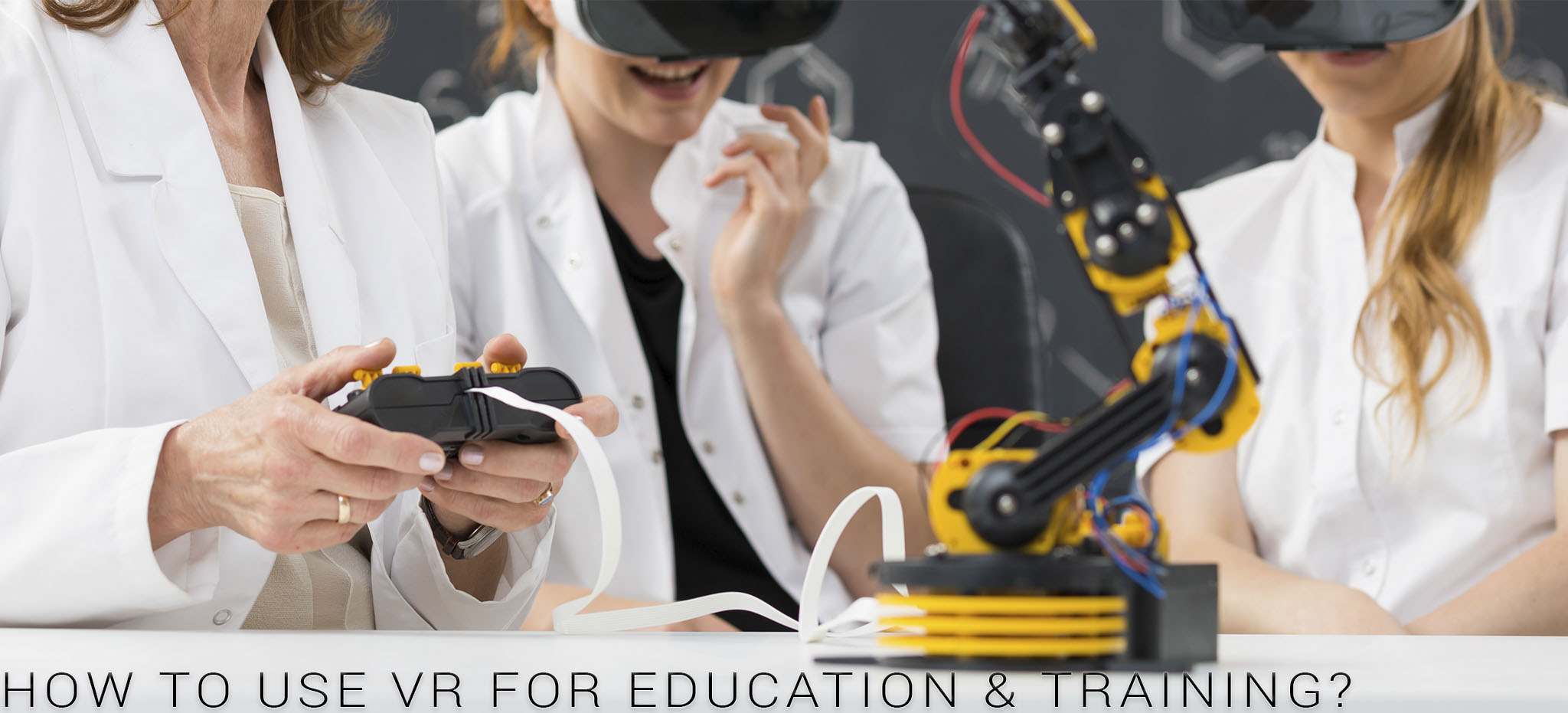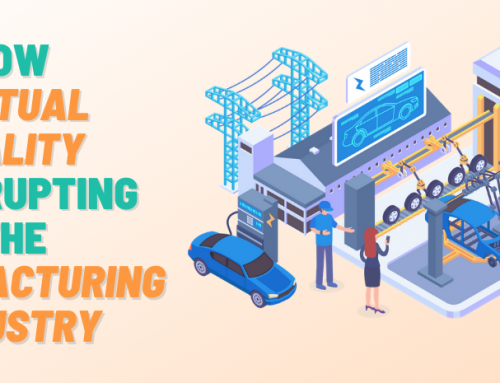
In one of our previous articles we have analyzed how educational challenges can be tackled with AR and VR Intelligent Platforms. Now let’s see in which circumstances VR can be used for education and training and what tangible benefits we obtain:
1. FACILITATE DIFFERENT LEARNING CONTEXTS IN VR:
HELLO TO IMMERSIVE EXPERIENCES, GOODBYE TO DISCIPLINE ISSUES
Students, especially digital natives of today (generations that grew up with technologies) do not draw the clear line between face-to-face interaction and connecting with their network over gadgets on social media.
How does this apply to integrating VR into our schools and learning communities?
Certainly, content and experiences produced in Virtual Reality bring people together in more engaging and deeply personalized ways. Thanks to this context teachers and students may interact properly regardless if they are both in the same room or miles apart.
For instance, Immersive VR Education can guide all generations through emotional and learning experience of Titanic shipwreck and legacy. With adequate VR content, plenty of history classes can be conducted as audience learns how timelines function and various events are intertwined.
Even healthcare can be disrupted with VR as students learn learn complex surgeries or even see organs in the human body from the inside.
Another issue that Virtual Reality may address comes from a therapeutic and soothing effect that technology sometimes has on disobedient children that their parents use world-wide. This is probably not the best technique to use all the time and if we want to encourage everlasting change because it resembles the-carrot-and-stick parenting style.
Still, VR technologies may be used in circumstances to correct children’s behavior challenges as they are animated with VR content to follow attentively and they may even learn better behaviours in VR.
Maybe in the future it would be interesting to do experiments such as Marshmallow test that train focus and resilience of young people and to do so through VR.
2. DEMOCRATIZE EDUCATION THANKS TO VR:
BRING IT TO MASS AUDIENCES
So many exciting educational platforms are emerging that provide schools with personalized curriculum, as well as teacher training and cost-effective tools to include VR content in classrooms. Alchemy VR, Immersive VR Education, Nearpod, zSpace, AltspaceVR, LectureVR, Unimersiv are just some of remarkable companies that endorse VR for multi-players, as well as engaging content, avatars for exponential socialization and outreach.
Still, we should bear in mind that costs associated with VR software and head-mounted displays (especially the high-end ones) may alienate and leave out plenty of schools and students. To keep it realistic and to create a momentum that includes students and teachers from all walks of life, mass-produced Google Cardboards may be a cost-effective option as they cost several euros or dollars per item and support almost any mobile device, which is the technology students from all backgrounds have.
On a more high-end side EON Reality prepared EON Creator, a dream come true for creative educators and curious students. They can choose among a multitude of 3D models which they then place within a virtual environment.
Thus, interactive content for reading and learning, for example from Wikipedia, can be added inside this virtual environment thanks to drag-and-drop method. These technologies are on the enterprise level and they are not aimed for the average consumer.
3. ENHANCE DEEPER USERS’ KNOWLEDGE AS VR NURTURES LEARNING BY DOING
Einstein said that imagination is more important than knowledge. Yet both knowledge and imagination light up each other and show us next frontiers and spaces for leverage. The more we know, the more curious we can get unless we suffer from the syndrome ‘‘I know all of this, I just do not have proper results.’’ The more imagination we use, the more skillful we get at utilizing it and expanding it.
Since Virtual Reality capitalizes on our necessity to deepen our knowledge, while it fuels our curiosity and imagination, it presents a perfect model for presenting old pieces of information in a more interactive and memorable ways. Only when we learn by doing we retain most of the information we might have previously read or heard from knowledgeable resources.
Visionary engineers and business developers understand yawning gaps among markets and that in a digitally connected society, tech revolution is actually held through the interface of a mobile phone while laptop and desktop computers are needed for work that requires deeper immersion during longer research or writing periods.
Let us actively participate in the journey where Virtual Reality transforms education. Only time will tell what the market needs and what people world-wide want to use.
Photo: Road to VR


